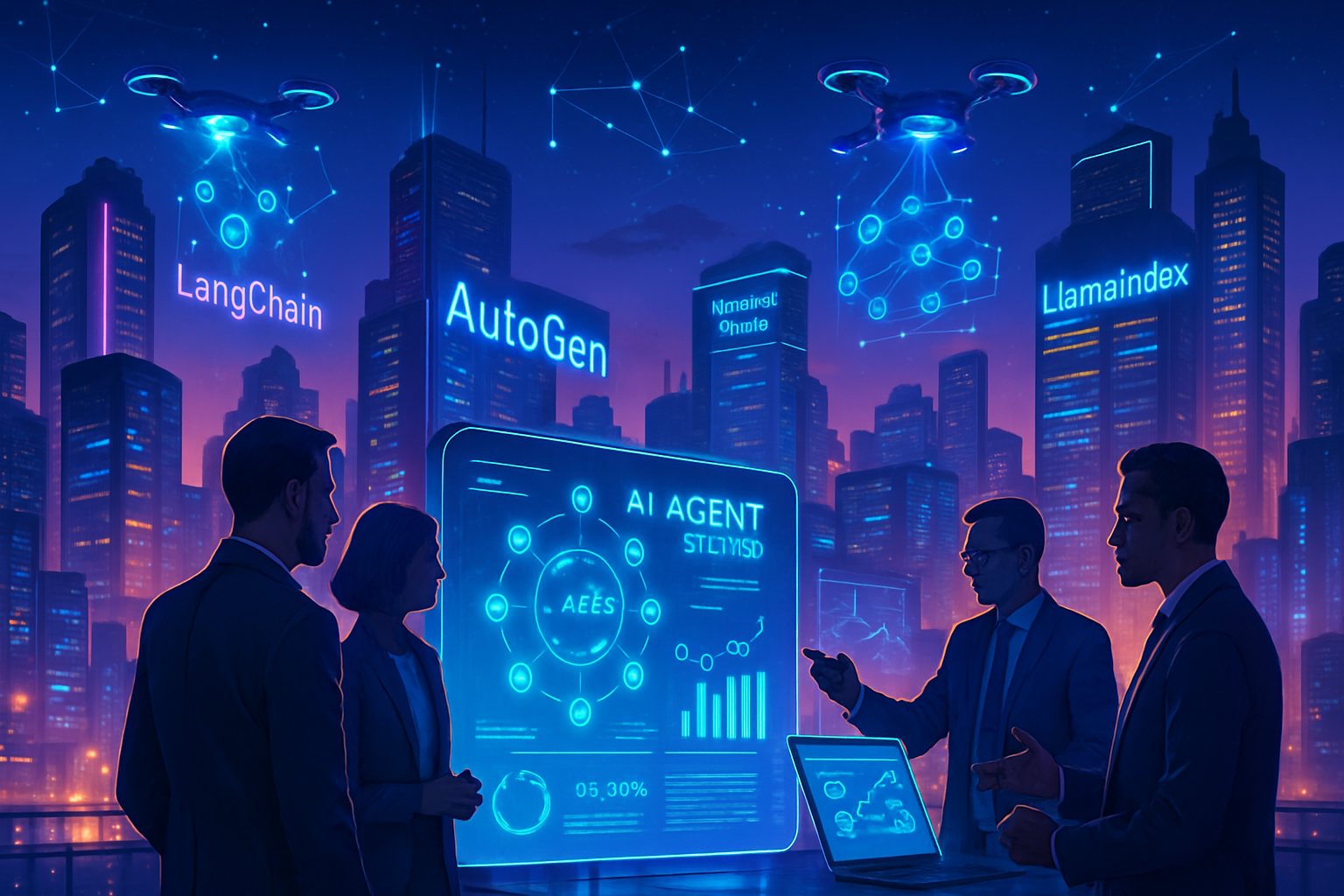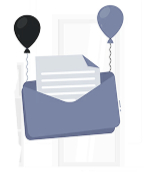Service that suites your needs
Our custom software development process revolves around an AI-centric approach, enhancing user experiences and delivering highly efficient solutions through advanced artificial intelligence technologies.
.png?width=292&height=132&name=Image%20(3).png)
Our custom software development process revolves around an AI-centric approach, enhancing user experiences and delivering highly efficient solutions through advanced artificial intelligence technologies.
.png?width=292&height=132&name=Image%20(3).png)
At Phyniks, we combine AI and creativity to drive innovation. Our tailored solutions yield extraordinary results. Explore our knowledge base for the latest insights, use cases, and case studies. Each resource is designed to fuel your imagination and empower your journey towards technological brilliance.
.png?width=284&height=129&name=Image%20(4).png)
At Phyniks, we combine AI and creativity to drive innovation. Our tailored solutions yield extraordinary results. Explore our knowledge base for the latest insights, use cases, and case studies. Each resource is designed to fuel your imagination and empower your journey towards technological brilliance.
.png?width=284&height=129&name=Image%20(4).png)

In 2026, AI agents are no longer futuristic experiments, they’re integral to how businesses automate, scale, and innovate.
From intelligent chatbots autonomously handling queries to multi-agent systems optimizing logistics and R&D workflows, these systems are already transforming entire industries. To build such systems reliably, developers and enterprises rely on AI agent frameworks in 2026 that serve as the backbone for reasoning, coordination, and deployment.
An AI agent framework is a software layer or toolkit that helps developers design, orchestrate, and manage autonomous intelligent agents. It handles core tasks such as decision logic, memory, tool integration, communication between agents, and lifecycle control.
In this article, we’ll explore the 10+ best AI agent frameworks in 2026, highlight their strengths, and walk you through how to choose the right AI agent framework for your needs. Whether you're asking which AI agent framework is best or simply want to understand what are AI agent frameworks, you’re in the right place.
To truly grasp the power of the current AI landscape, you need to answer the question: what are AI agent frameworks?
In simple terms, an AI agent framework is a set of tools, libraries, and best practices that organize the core components necessary for an AI system to act autonomously. They provide the structure for an agent's "mind" and "body," allowing it to solve complex problems by orchestrating a sequence of actions.
Key Components within Every Framework:
Now, rather than reinventing orchestration, memory, tool integration, and inter-agent messaging from scratch, developers rely on these frameworks to provide battle-tested abstractions.
AI agent frameworks let you:
They power use cases like workflow automation, data analysis assistants, decision-support bots, conversational agents, and multi-agent coordination systems. When people ask which AI agent framework to use, they often mean: which tool makes it easiest to build scalable, maintainable, and intelligent agent systems.
By 2026, the demands on AI agents have evolved: systems must scale, be robust, and integrate across cloud-native architectures. The era of one-off prompt engineering is giving way to full-fledged agent ecosystems. We've moved from the initial wave of single-agent proofs-of-concept to a demand for scalable, production-grade multi-agent collaboration ecosystems.
In this landscape, an AI agent framework in 2026 is not optional, it’s foundational.
Here’s why frameworks matter more than ever:
In short, if you hope to build reliable and maintainable AI agents in 2026, choosing a strong framework is one of the most strategic decisions you can make.
Below are ten of the most compelling AI agent frameworks available in 2026. Each entry covers what it is, key features, use cases, and why it stands out, helping you decide which AI agent framework is best for your project.
The veteran framework continues its dominance by evolving into a highly structured, enterprise-ready platform. LangGraph, its graph-based extension, is now the de-facto standard for building stateful, multi-step workflows with explicit control, offering far superior debugging and governance than its predecessors.
Key Features:
Best For: Developers and enterprises needing maximum flexibility, a colossal community, and complex, stateful multi-step reasoning.
AutoGen simplifies the creation of multi-agent systems where agents "chat" with each other to solve a task. Its deep Microsoft integration and focus on collaborative coding and data analysis make it an enterprise favorite for internal automation. It stands out as its rearchitected v0.4 uses actor models for concurrency, making it scalable and modular
Key Features:
Best For: Teams within the Microsoft ecosystem, complex problem-solving requiring a team of specialists (e.g., coding, research), and organizations prioritizing asynchronous collaboration.
LlamaIndex has evolved from a pure RAG library to a full AI agent framework focused on data access. Its agents are unparalleled at querying, indexing, and synthesizing information from vast, complex proprietary data sources, making it the choice for knowledge workers.
Key Features:
Best For: Data-heavy applications, research tools, document Q&A, and any system where grounding the LLM in private data is critical.
CrewAI is the industry leader for developers seeking a clean, intuitive API to define specialized, goal-oriented "crews." Its focus on clear roles, goals, and backstories dramatically improves agent performance and predictability, making it one of the easiest frameworks to move to production.
Key Features:
Best For: Startups, content teams, and businesses focused on rapid development of vertical-specific multi-agent pipelines (e.g., automated market research, content generation).
MetaGPT takes multi-agent collaboration to a new level by simulating an entire software company. It assigns roles like Product Manager, Architect, and Engineer to autonomous agents, generating everything from requirement documents to full codebases. It's pushing the boundary of autonomous workflow.
Key Features:
Best For: Prototyping software applications, automated code generation, and exploring large-scale, goal-oriented multi-agent systems.
While many frameworks focus on general automation, RASA remains the gold standard for building sophisticated, context-aware conversational agents. Its focus on dialogue management, NLU, and enterprise-grade security makes it ideal for customer-facing systems. RASA is a well-known conversational AI framework now extended to support agent abstractions.
Key Features:
Best For: Building production-grade chatbots, intelligent virtual assistants, and customer service automation where dialogue flow and context retention are paramount.
Based on the concept of fully autonomous AI software engineers, OpenDevin focuses on a self-contained environment for planning, executing, and debugging code. Its open-source nature means community-driven improvements in planning and error correction are rapid.
Key Features:
Best For: Software development teams and researchers experimenting with the next generation of autonomous development agents.
AgentFlow represents the Low-Code/No-Code trend for complex multi-agent systems. It provides a visual canvas for connecting agents, adding memory stores, and applying enterprise-grade security and guardrails, making it easy to move prototypes built with frameworks like LangChain or CrewAI into secure, scaled production.
Key Features:
Best For: Mid-market and enterprise teams seeking governance, rapid deployment, and the ability to integrate agents into existing cloud infrastructure without heavy coding.
Developed by deepset, Haystack is built from the ground up for production at scale. Its agent functionality centers on robust, traceable, and scalable pipelines. It’s the choice for organizations that need rigorous MLOps practices for their AI agents.
Key Features:
Best For: Enterprises with strict MLOps requirements, large-scale deployment, and building reliable document search/Q&A systems.
As the central hub for open-source AI models, Hugging Face introduced its own agent ecosystem focused on leveraging its vast library of tools. It allows agents to dynamically use any tool or model available on the Hugging Face Hub, offering unparalleled model choice.
Key Features:
Best For: Researchers, data scientists, and anyone who needs a model-agnostic approach and wants to leverage the best open-source LLMs and tools.
A multi-agent framework designed for simulating social interactions, research, and complex agent communication. It focuses on the communication protocol between agents. It provides the research foundation for the next generation of multi-agent systems, focusing on how agents communicate to minimize error and "hallucination cascades."
Key Features:
Best For: Systems where agents must negotiate, corporate (e.g. resource allocation, scheduling) and teams modeling complex social/economic simulations.
AgentVerse is a platform for building, hosting, and evaluating agent-based applications. It focuses on creating verifiable, repeatable environments for agent testing. As agents become more autonomous, robust testing is paramount. AgentVerse provides the necessary sandboxes and metrics to ensure an agent behaves as expected under various conditions.
Key Features:
Best For: MLOps teams, QA/Testing, and developing agents for high-stakes, real-time applications.
A specialized framework for chat-based agent development, with built-in dialogue strategies.
Key Features:
Best For: Conversational assistants, customer service bots, interactive agents
Facing the question of "which AI agent framework is best?" is less about finding a single winner and more about alignment. The best AI agent framework in 2026 is the one that minimizes your friction and maximizes your scale. Here is how to choose AI agent framework based on core project needs:
If you're still asking which AI agent framework is best, the right answer is: the one that aligns with your technical needs, team strengths, and growth paths, not merely the one with the most features.
The rapid evolution of the AI agent framework in 2026 is just the beginning. Looking ahead, expect several key trends:
The foundational work being done on the AI agent framework today ensures that the leap from large language model to autonomous, intelligent digital worker is both structured and safe.
AI agents are no longer a novelty; they are key infrastructure for automation, decision-making, and business transformation. In 2026, the right AI agent framework in 2026 can make or break your agent deployment. We’ve explored 10 best AI agent frameworks in 2026, each with unique strengths and use cases and walked through how to choose AI agent framework that best fits your goals.
Whether you're exploring which AI agent framework is best or evaluating trade-offs, the key is to experiment with a few, build prototypes, and validate against real-world performance. With the right framework, your agents will scale, adapt, and deliver real value.
If you’re looking to build, deploy, or scale custom AI agents for your business , from workflow automation to enterprise-level multi-agent systems, Phyniks can help.
At Phyniks, we specialize in end-to-end AI agent development, helping startups and enterprises turn complex ideas into intelligent, production-ready systems. Let’s build your AI agents together, connect with our experts today.

Sign up for Links for Thinks — a weekly roundup of resources like this to help you uplevel your design thinking straight to your inbox
We'd love to hear from you! Whether you have a question about our services, want to discuss a potential project, or just want to say hi, we are always here to have meaningful conversations.